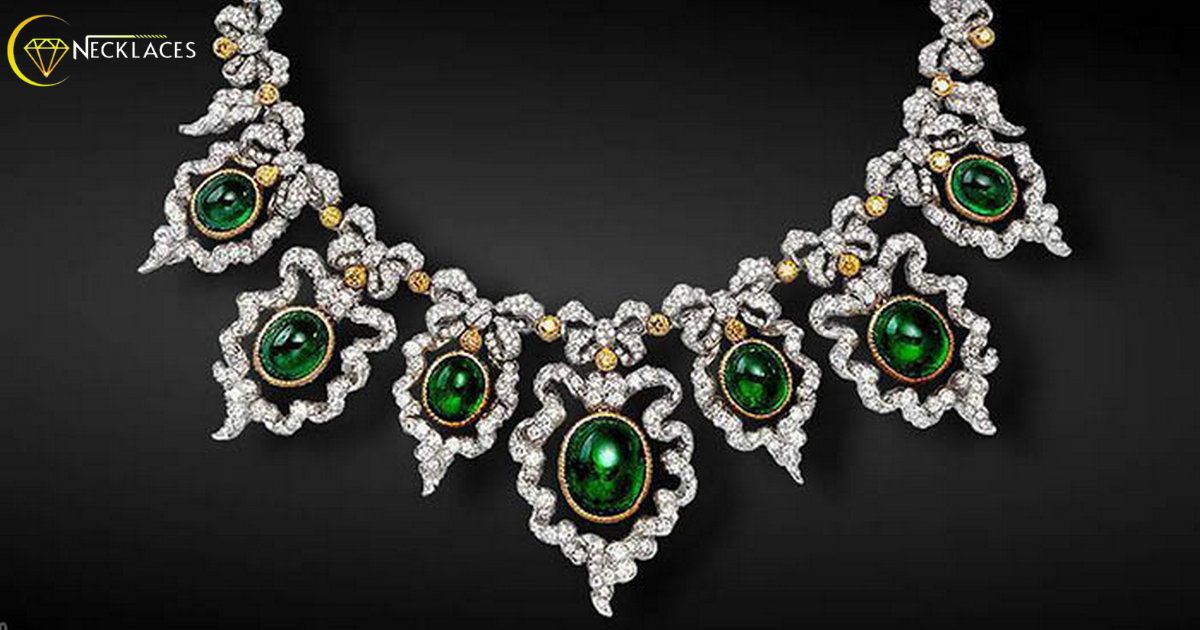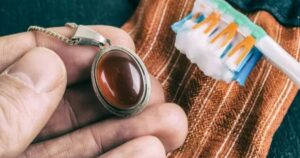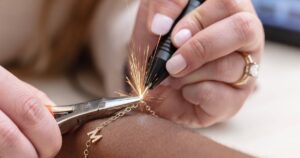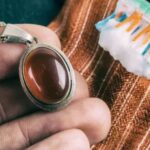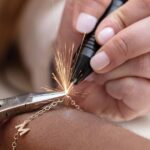To fix a broken necklace, first, gather the necessary tools like pliers and jump rings. Next, identify the broken section and carefully reattach it using the tools. Finally, secure the repair by closing the jump ring tightly, ensuring your necklace is restored to its original condition.
Start by removing any remnants of the old clasp. Measure the length of the necklace to ensure the new clasp fits properly. Which is usually the first sentence. How to fix a broken necklace hook? Use pliers to attach jump rings to each end of the necklace. Connect the jump rings to the new clasp and ensure it closes securely.
To fix a broken necklace, gather small pliers, jump rings, and a lobster clasp. Carefully examine the break to identify the damaged link. Open a jump ring with the pliers, connect the broken ends, and close the ring securely. Attach a lobster clasp to one end for easy closure, and your necklace is good as new.
Fixing A Broken String Necklace
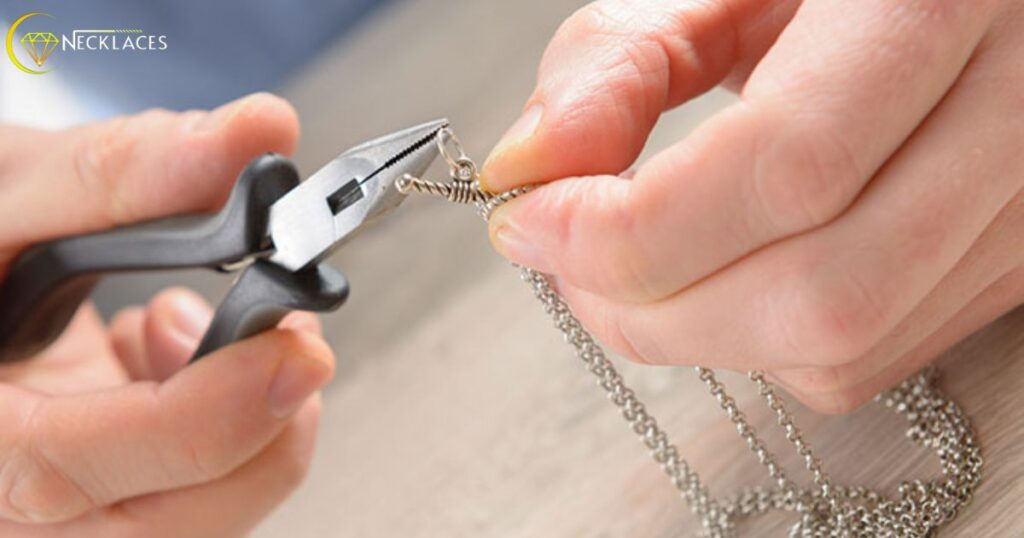
Fixing a broken string necklace is a simple task that anyone can do with a few basic materials. First, gather the necessary items: a needle, strong thread, and the broken necklace pieces. Lay out the beads in the correct order to make restringing easier.
Thread the needle with a sufficient length of thread, making sure it’s sturdy enough to hold the beads securely. Carefully string the beads onto the thread, following the original pattern. Take your time to ensure each bead is in the right position. Once all the beads are on, tie a secure knot at each end to keep the necklace intact.
Your fixed broken necklace is now ready to be worn again. Broken necklace check for any weak spots or loose knots to ensure durability. If needed, trim any excess thread. Remember, with a little patience and attention to detail, you can easily revive a broken string necklace and enjoy wearing it once more.
How to Fix a Broken Silver Necklace?
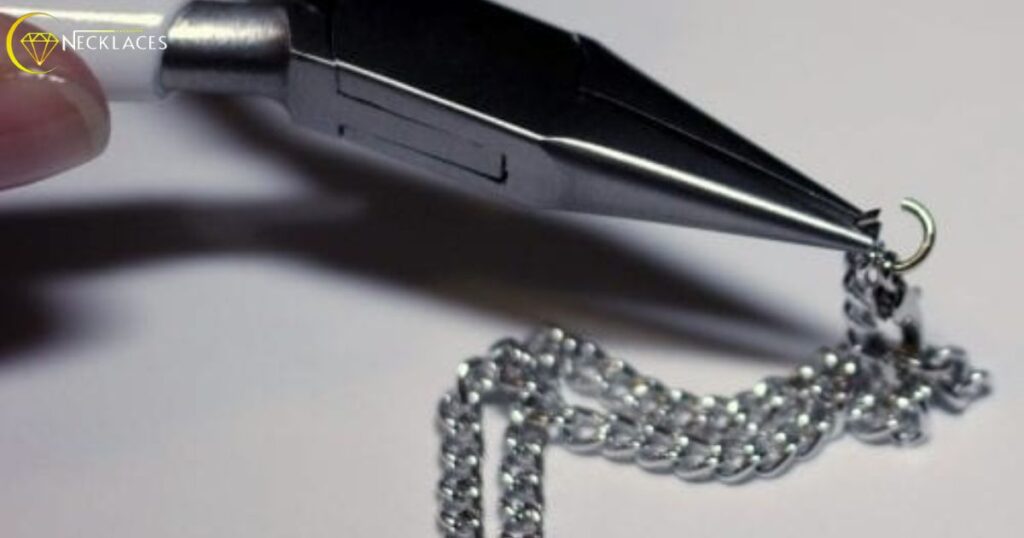
First, gather the necessary materials: a small pair of pliers, a jump ring, and a lobster clasp. If you need to make a necklace shorter, carefully identify the section you want to adjust. Lay out a clean and well-lit workspace to make the process easier, ensuring you have enough space to maneuver without losing any tiny components.
Using the pliers, gently open the jump ring and attach it to the desired end of the necklace, effectively shortening its length. If necessary, you can remove excess links to achieve the desired size. Then, connect the lobster clasp to the other end using another jump ring. Make sure all the links are securely closed. This straightforward adjustment will effectively make the necklace shorter while maintaining its integrity
Inspect the repaired area and test the necklace to ensure it’s secure. Gently tug on both ends to confirm the jump rings are properly closed. If needed, make any adjustments with the pliers. Your silver necklace is now fixed and ready to be worn again. Remember to handle delicate jewelry with care to prevent future damage.
Saving Your Favorite Jewelry

Storing Your Jewelry Safely
Keep your favorite jewelry safe by storing it in a designated jewelry box or organizer. Choose a box with soft lining to prevent scratches and tarnish. Broken Necklace Store each piece separately to avoid tangling and ensure longevity. Keep your jewelry away from direct sunlight, extreme temperatures, and moisture, as these can damage precious metals and gemstones.
Regular Cleaning and Maintenance
Give your jewelry some love by cleaning it regularly. Use a soft cloth to gently wipe away dirt and oils. For more delicate pieces, a mild soapy water solution can be used, followed by thorough drying. Inspect your jewelry periodically for loose stones or clasps, fixing any issues promptly to prevent loss. Taking these simple steps can help your favorite pieces shine and sparkle for years to come.
Mindful Wear and Special Occasions
Be mindful of when and where you wear your favorite jewelry. Avoid wearing it during activities that may expose it to unnecessary risks, such as swimming or heavy physical work. Reserve your special pieces for special occasions to minimize wear and tear. Broken Necklace when not in use, return your jewelry to its safe storage place to keep it looking beautiful and ready for the next time you want to adorn yourself with its beauty.
How Much Does It Cost to Fix a Gold Necklace?
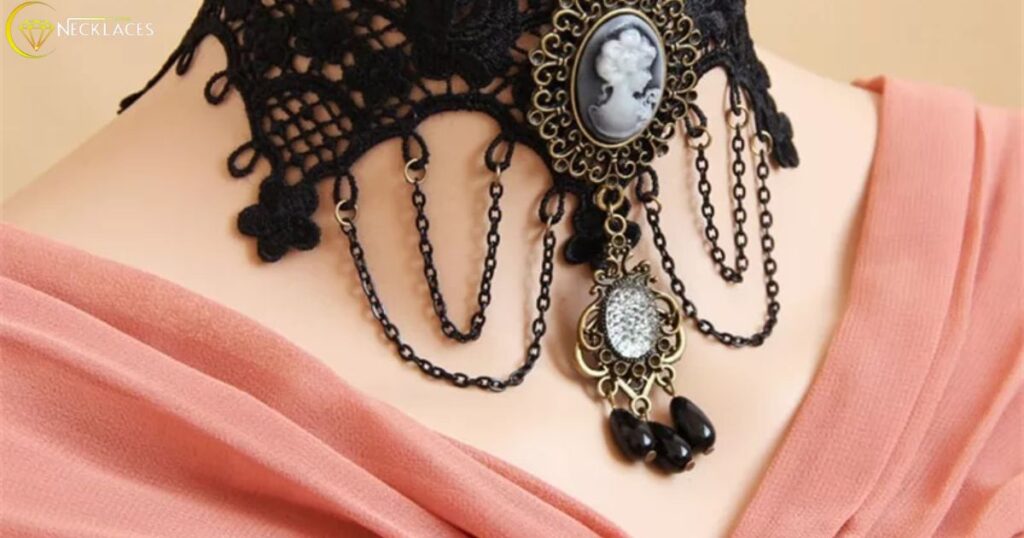
Fixing a gold necklace can vary in cost. The price depends on factors like the type of damage and the complexity of the repair needed. Simple fixes, such as reattaching a broken clasp or fixing a small link, may cost less than more intricate repairs like soldering or replacing missing gemstones.
Jewelry repair shops often charge a fee for assessing the damage and providing an estimate. This fee is typically applied towards the final cost if you decide to proceed with the repair. Broken Necklace it’s advisable to get quotes from different jewelers to compare prices and services before making a decision.
In general, the cost of fixing a gold broken necklace can range from a few dollars for minor repairs to a more significant amount for complex issues. It’s essential to communicate clearly with the jeweler about your budget and expectations to ensure you receive the best possible outcome for your precious piece.
Can You Fix a Snapped Necklace?
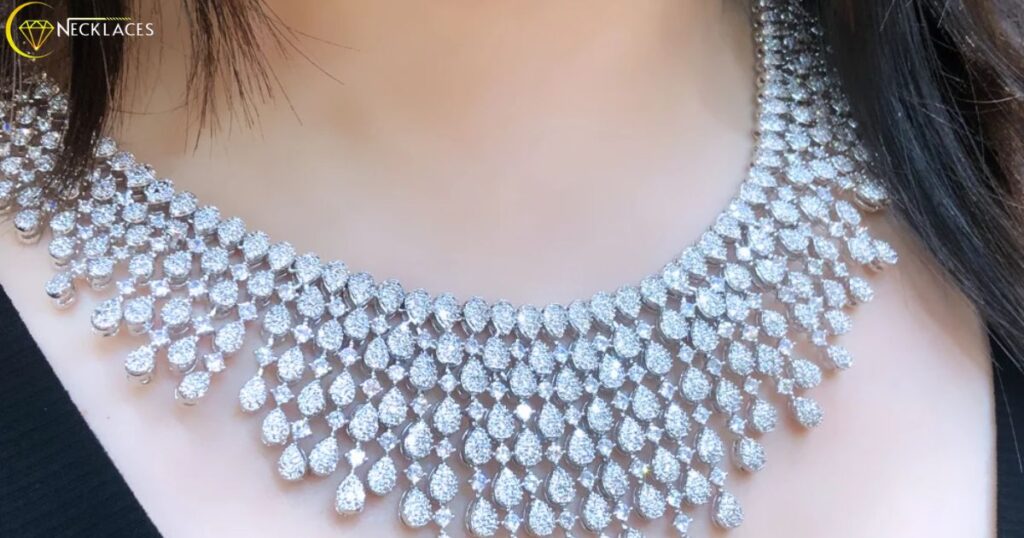
Fixing a snapped necklace is possible with a few simple steps. First, gather the broken ends and examine the damage. If the necklace has a clasp, check if it can be reattached or if a replacement is needed.
For a snapped chain, you can use jewelry pliers to carefully reconnect the links. If the necklace is beaded, you may need a strong adhesive or a needle and thread to mend it. Take your time and ensure a secure fix to prevent further breakage.
Consider adding a small jump ring or a lobster clasp to reinforce the repaired area. This will provide extra stability and help prevent future snapping. Broken Necklace with a little patience and attention to detail, you can salvage your favorite necklace and enjoy wearing it again.
How Much Does It Cost to Get a Sterling Silver Necklace Fixed?
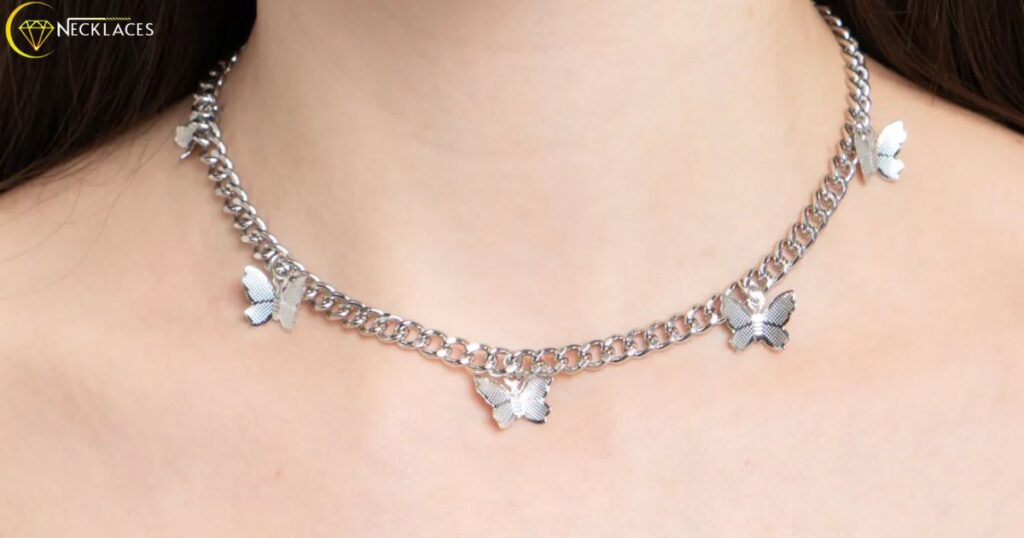
The cost to get a sterling silver necklace fixed can vary depending on the type of damage and the jeweler you choose. Simple repairs, such as fixing a broken necklace or replacing a clasp, may cost around $20 to $50. These are generally minor issues that can be addressed relatively quickly.
More complex repairs, like soldering a broken pendant or intricate chain work, could cost between $50 and $100 or more. The price may also be influenced by the intricacy of the design and the skill level required for the repair. Broken Necklace it’s advisable to get a quote from a reputable jeweler before proceeding with the repair to have a clear understanding of the expected cost.
Additionally, some jewelers may charge extra for materials such as replacement clasps or additional silver needed for the repair. Always inquire about the specific details of the repair and associated costs to make an informed decision based on your budget and the value of the necklace.
How to Ice Out a Boring Gold Necklace?
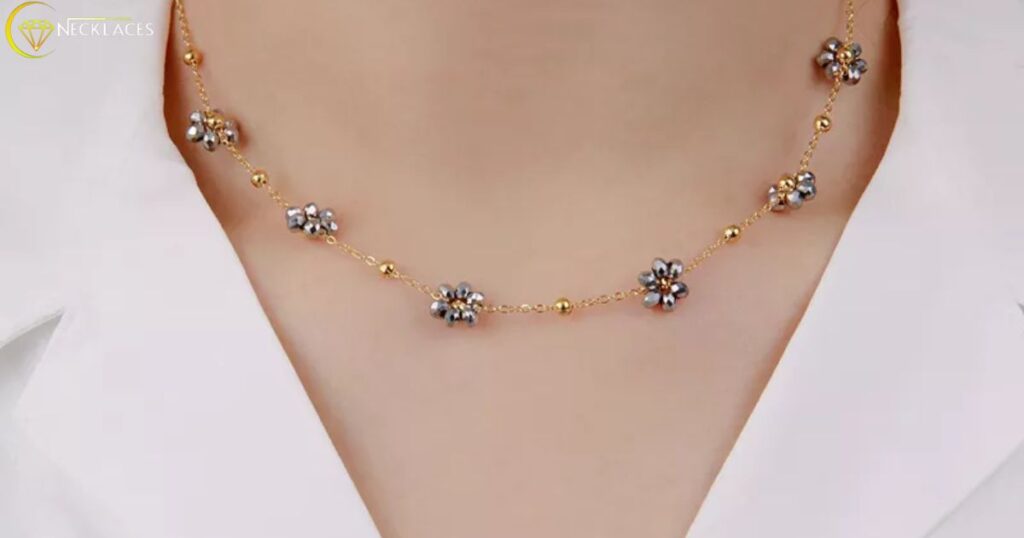
Icing out a boring gold necklace is simple and fun. Start by gathering rhinestone stickers or small adhesive gems from a craft store. Choose a variety of colors and sizes to add flair.
Carefully stick the rhinestones onto the gold necklace, creating patterns or covering its surface. Ensure they adhere securely for a dazzling effect. Broken Necklace experiment with different designs until you achieve the desired level of bling.
Show off your newly iced-out gold necklace with pride. Whether you’re heading to a party or just spicing up your everyday look, this easy DIY project will turn heads and transform a plain piece into a sparkling fashion statement.
Here are some tips on how to fix a snapped necklace
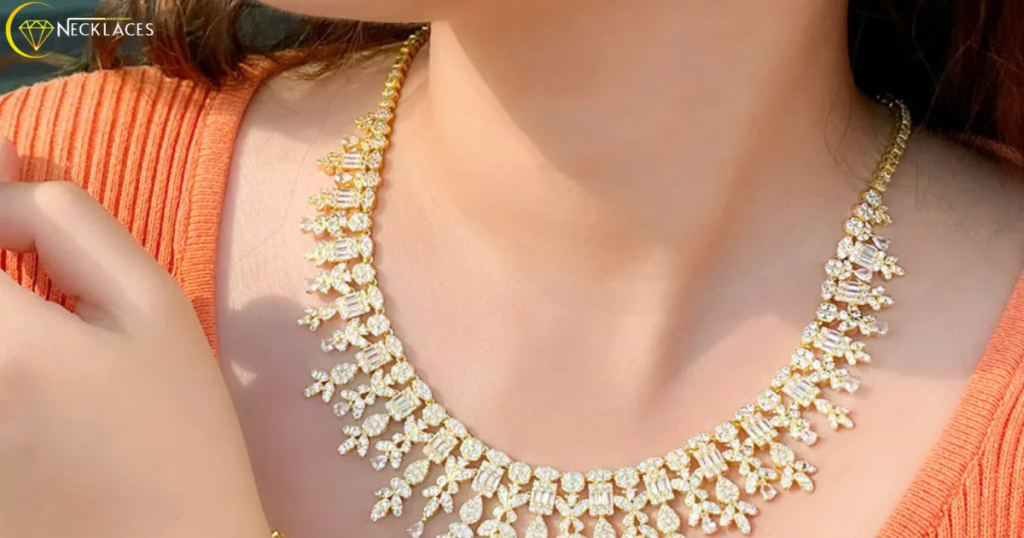
| Problem | Solution |
| 1. Identify the Break | Locate the point where the necklace has snapped to determine the extent of the damage. |
| 2. Gather Materials | Collect small pliers, jewelry glue, a jump ring, and a clasp, depending on the break severity. |
| 3. Use Pliers | If the chain links are intact, use small pliers to carefully reconnect them, ensuring a tight fit. |
| 4. Add a Jump Ring | For larger breaks, attach a jump ring to each end of the broken necklace, using pliers to secure them. |
| 5. Apply Jewelry Glue | Use a small amount of jewelry glue on the broken ends for added reinforcement, letting it dry completely. |
| 6. Clasp Replacement | If the clasp is damaged, replace it with a new one using pliers and ensuring a secure connection. |
| 7. Seek Professional Help | For intricate or valuable pieces, consider taking the necklace to a jeweler for professional repair. |
| 8. Prevent Future Breaks | Handle delicate necklaces with care, avoid excessive force, and store them properly to prevent future snapping. |
Materials and Tools Needed
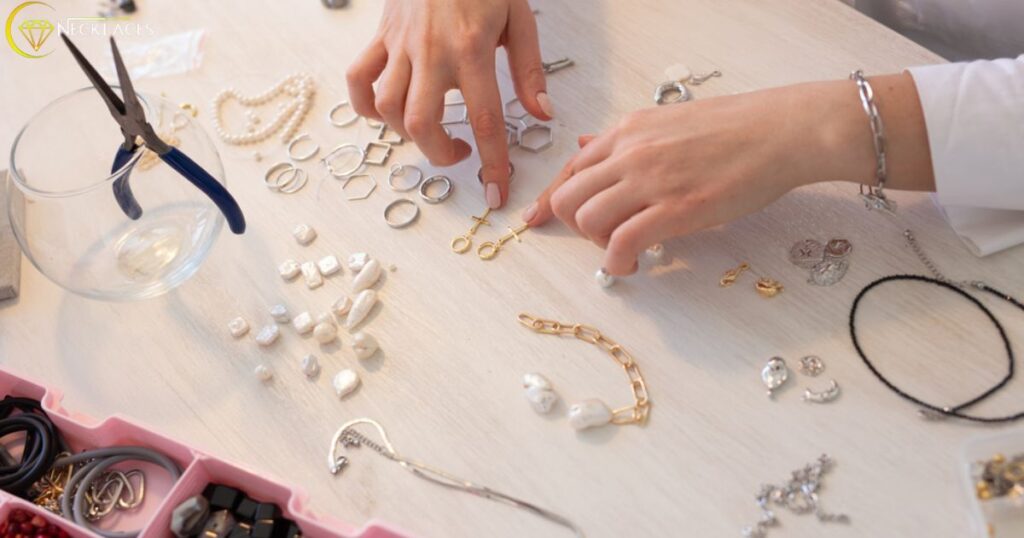
Gold solder: Use a solder with a gold alloy that matches the karat of your gold chain.
Flux: This helps to clean the metal surfaces and promotes the flow of the solder.
Soldering torch: A small butane torch or a jeweler’s torch works well for this job.
Fire-resistant surface: A soldering pad or brick to protect your work surface.
Safety equipment: Safety glasses and heat-resistant gloves.
Steps:
Prepare the Chain
Clean the broken ends of the chain to remove any dirt, oil, or oxidation. Ensure that the broken ends fit together snugly without any gaps.
Apply Flux
Use a small brush or applicator to apply flux to the broken ends. Flux helps in preventing oxidation during the soldering process.
Position the Chain
Align the broken ends of the chain precisely. You may use tweezers to hold the pieces together.
Apply Solder
Cut a small piece of gold solder wire and place it at the joint where the broken ends meet. Heat the solder with the torch until it melts and flows into the joint. Broken Necklace be careful not to overheat and damage the gold.
Cooling
Allow the soldered area to cool naturally. Do not quench the hot gold in water, as this can cause stress on the joint.
Cleaning
After the soldered joint has cooled, clean the chain with warm soapy water to remove any remaining flux residues.
Polishing
Polish the chain to restore its luster. You can use a jewelry polishing cloth or a polishing compound.
Tips
- Practice soldering on scrap gold or other materials before attempting it on your valuable gold chain.
- Use the appropriate karat gold solder that matches the karat of your gold chain to ensure a seamless and durable joint.
- If you’re not confident in your soldering skills, it’s advisable to seek the help of a professional jeweler.
Remember, soldering gold requires precision and care, so take your time and work in a well-ventilated area. Broken Necklace if you are uncomfortable with the process, it’s best to consult with a professional jeweler for assistance.
Ways to Fix a Broken Gold Chain At Home
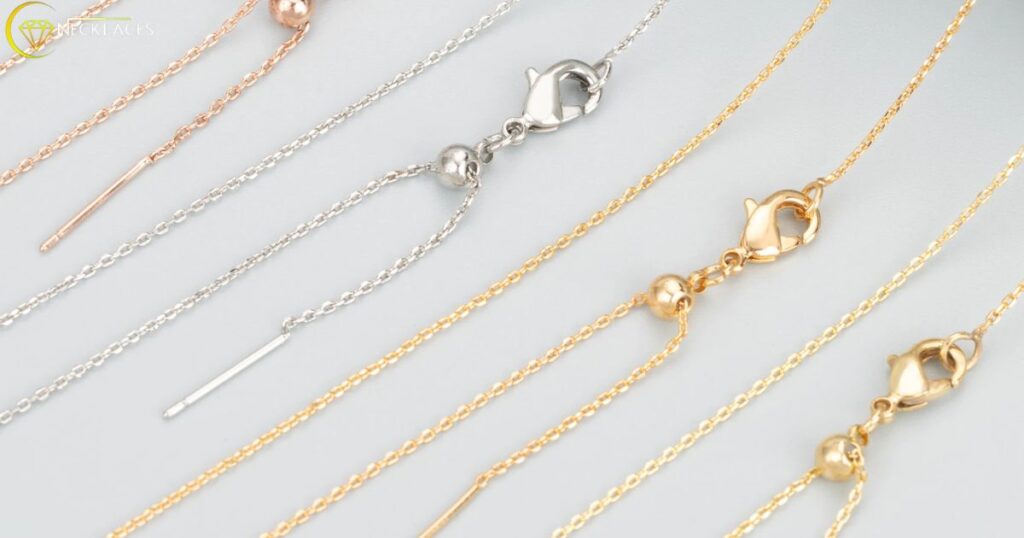
Fixing a broken gold chain at home is possible with a few simple steps. First, gather the necessary tools: small pliers, a jewelry glue or epoxy, and a thin piece of wire. Carefully examine the broken necklace to identify the point of breakage. Use the pliers to gently align the broken ends, ensuring they match up.
Next, apply a small amount of jewelry glue or epoxy to the broken ends of the chain. Press the ends together firmly, holding them in place for a few minutes to allow the adhesive to bond. If the break is more severe, you can use a thin piece of wire to wrap around the connected ends for added strength. Broken Necklace be cautious not to use excessive force, as gold is a delicate metal.
After the repair, let the glue or epoxy cure according to the product instructions. Once the adhesive has set, your gold chain should be securely fixed. Remember to handle the repaired chain with care to prevent further damages, and avoid applying excessive force or stress to the mended area.
Frequently Asked Questions
My necklace broke, what should I do first?
Assess the damage and gather all the pieces.
What tools do I need to fix a broken necklace at home?
Commonly used tools include pliers, jump rings, and jewelry glue.
Can I use super glue to repair my broken necklace?
Yes, super glue is a quick and effective solution for certain types of necklace repairs.
How do I reattach a broken chain on my necklace?
Use small pliers to open a jump ring, connect the chain ends, and then close the jump ring securely.
My necklace has a broken clasp; can I replace it myself?
Yes, replacing a clasp is a common DIY task. Purchase a new clasp and use pliers to attach it.
Final Thoughts
In conclusion, fixing a broken necklace is simple. First, gather your tools like pliers and glue. Next, identify the broken part and carefully reconnect it. If it’s a chain, use pliers to open the link and close it securely. For beads, apply a small amount of strong glue. Broken Necklace allow it to dry completely before wearing the necklace again. Remember, with patience and the right tools, you can easily repair a broken necklace and enjoy wearing it once more.
